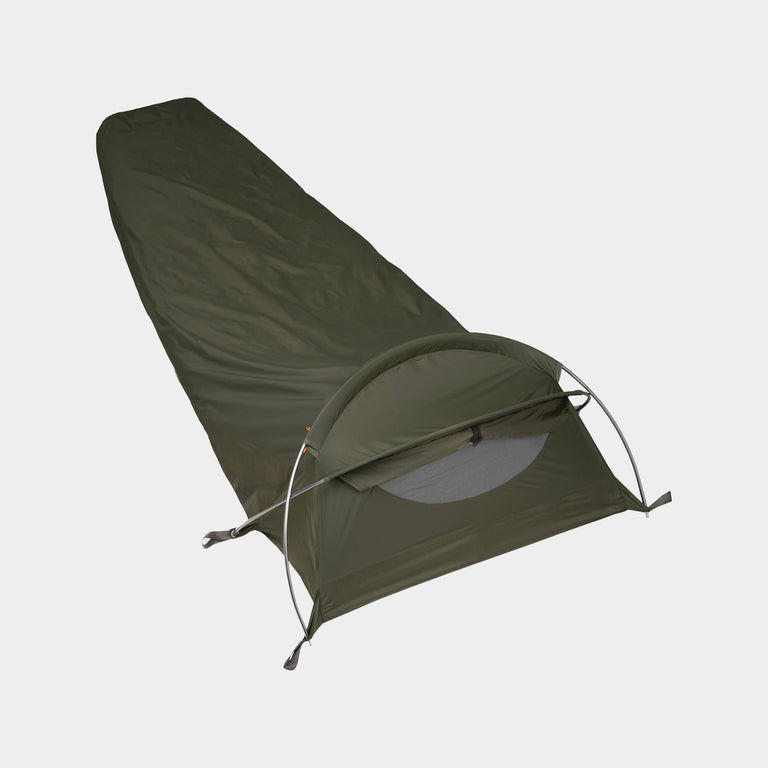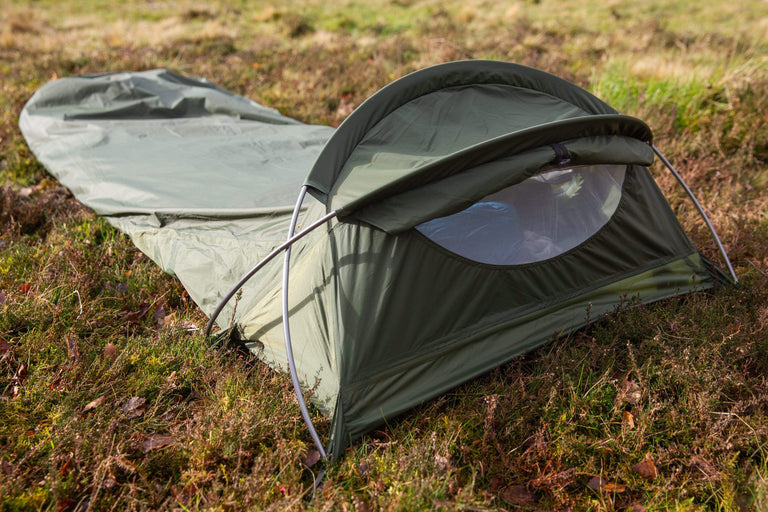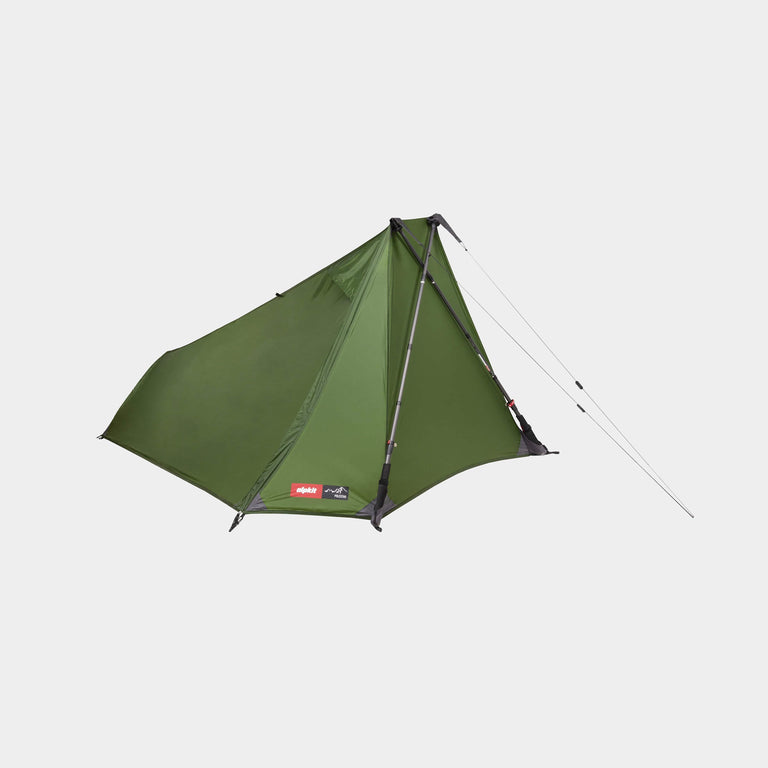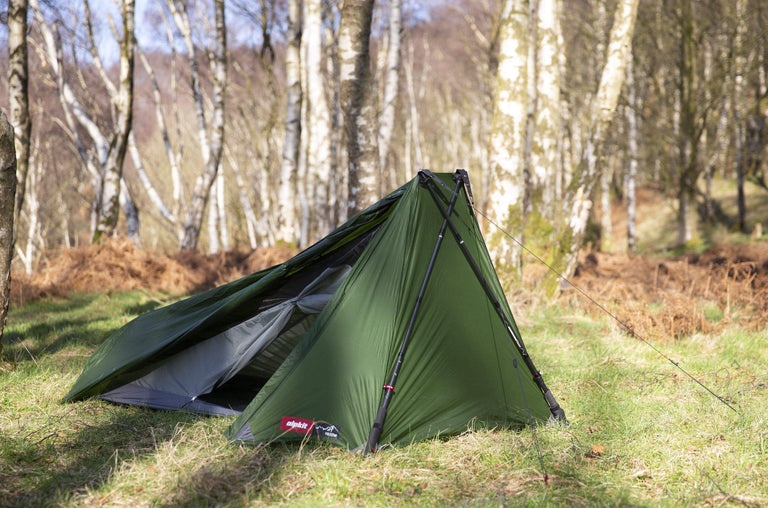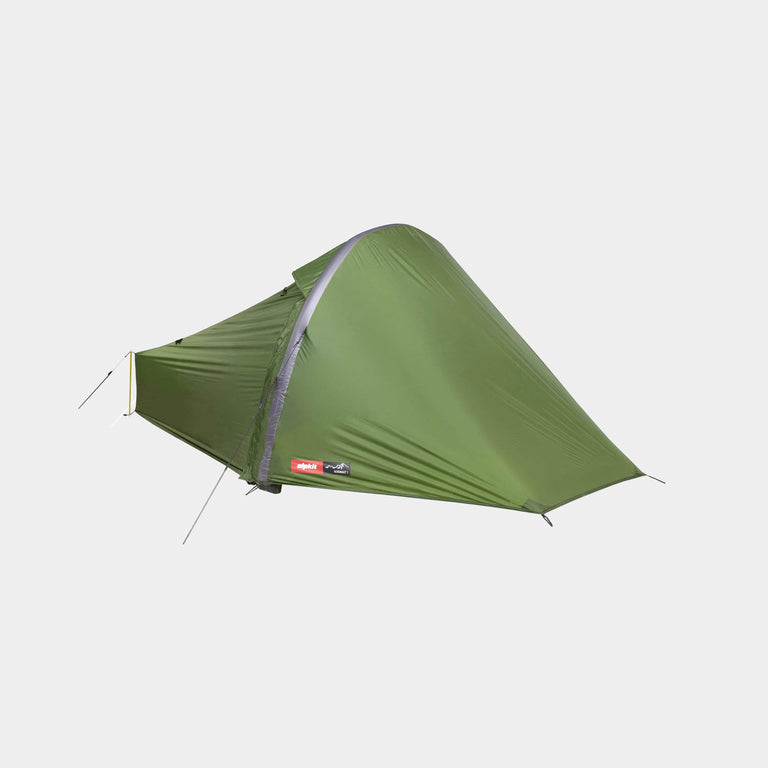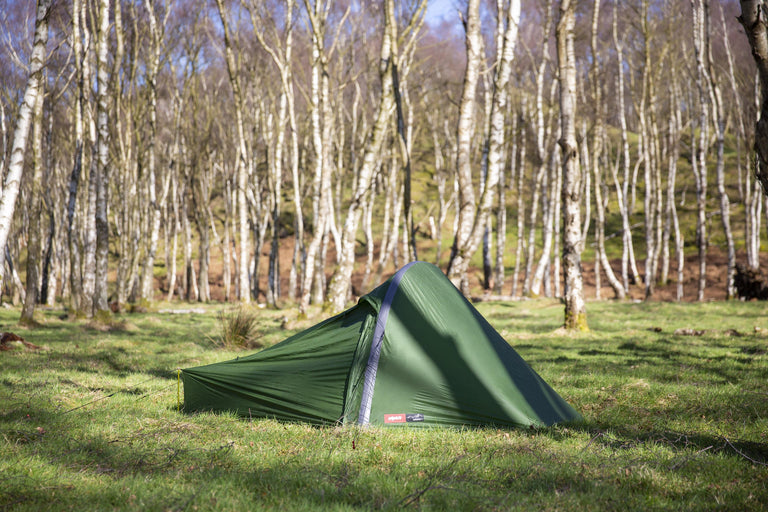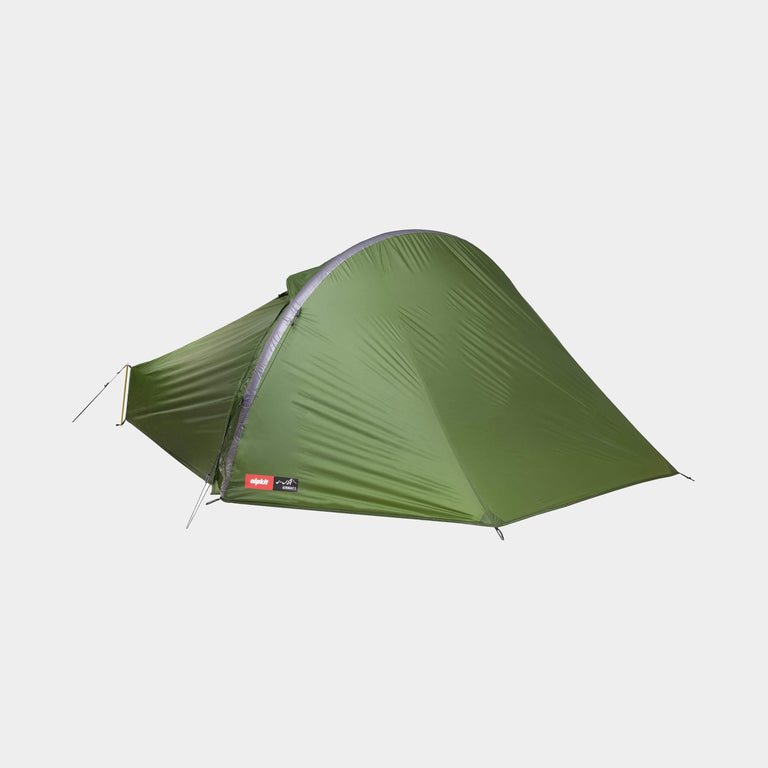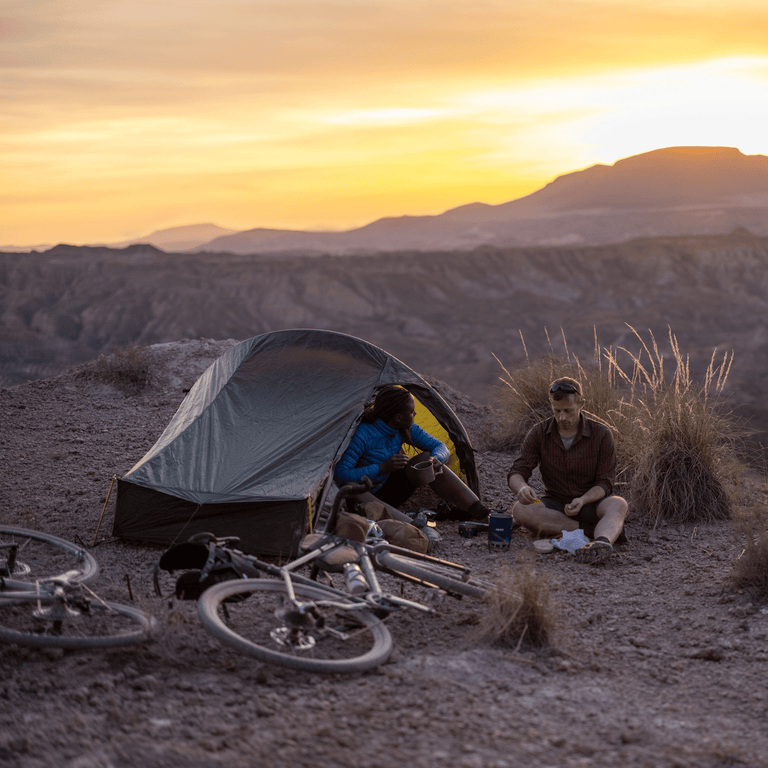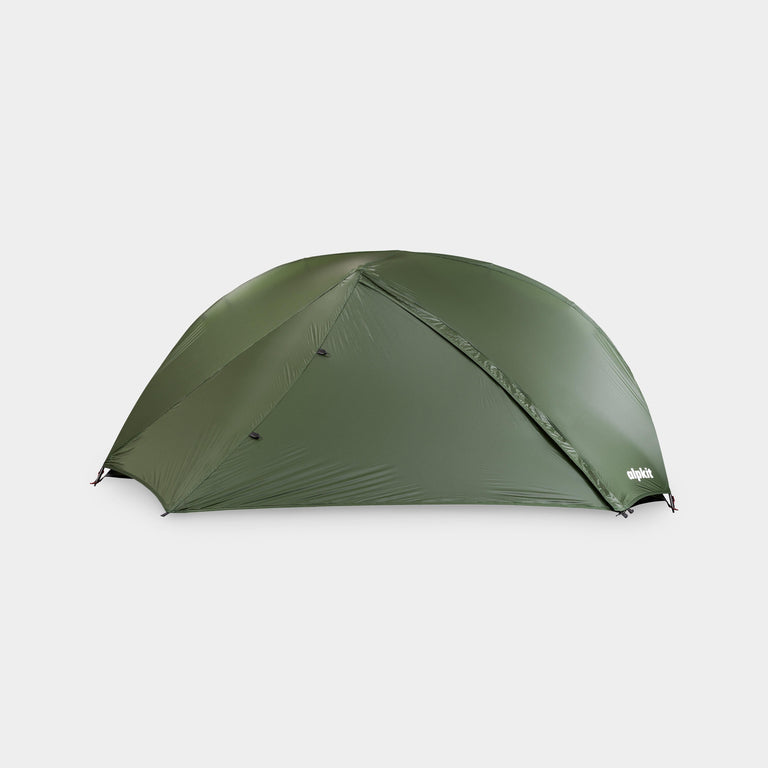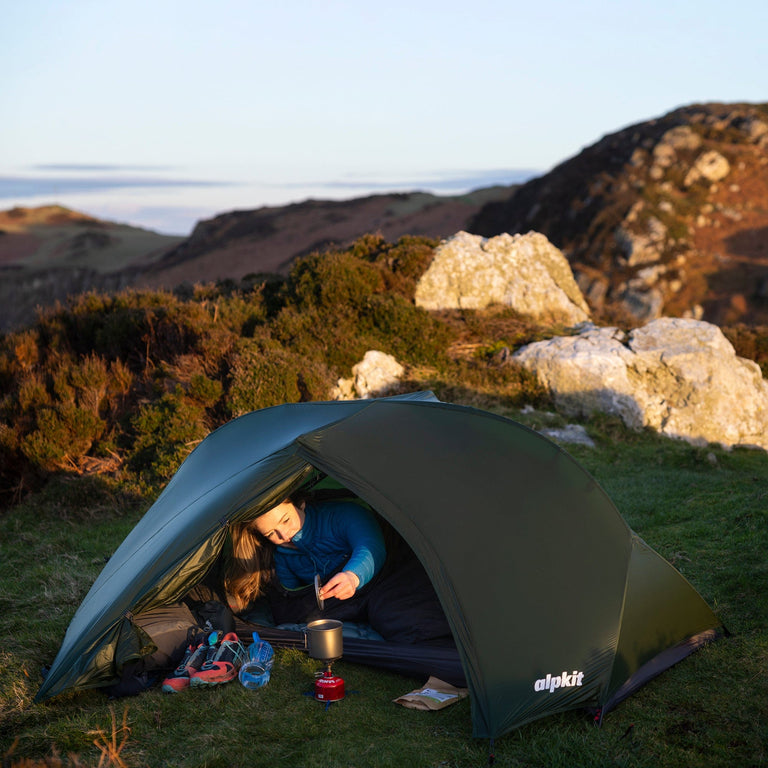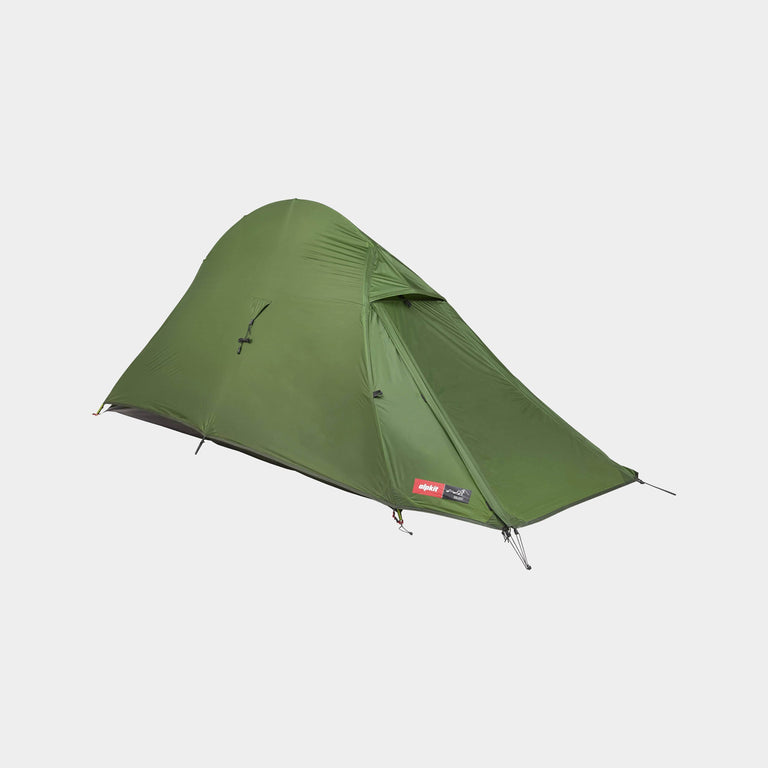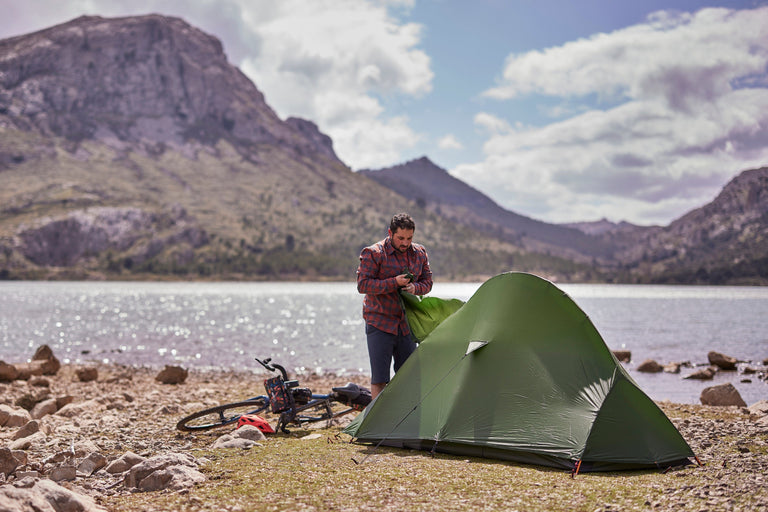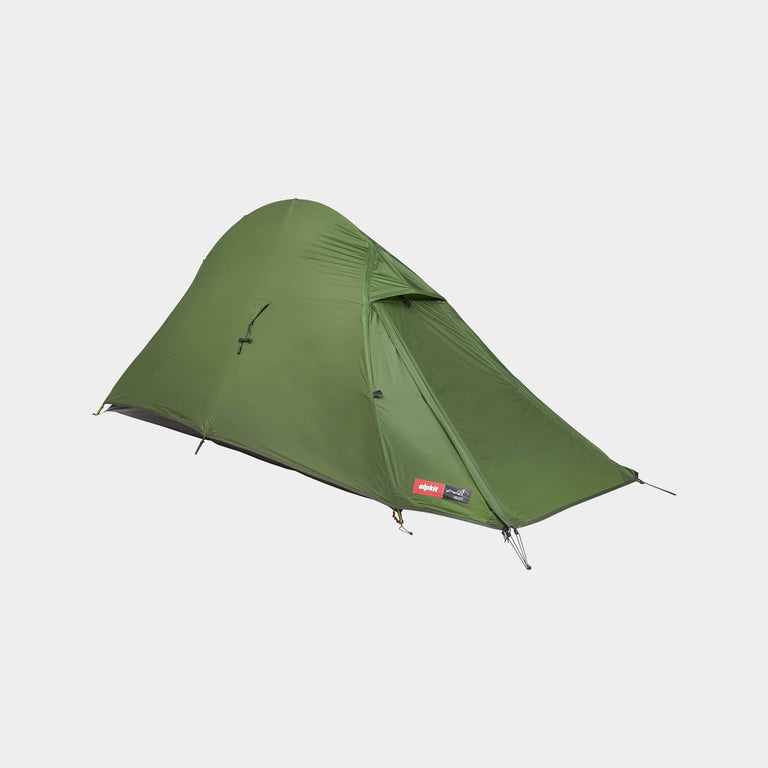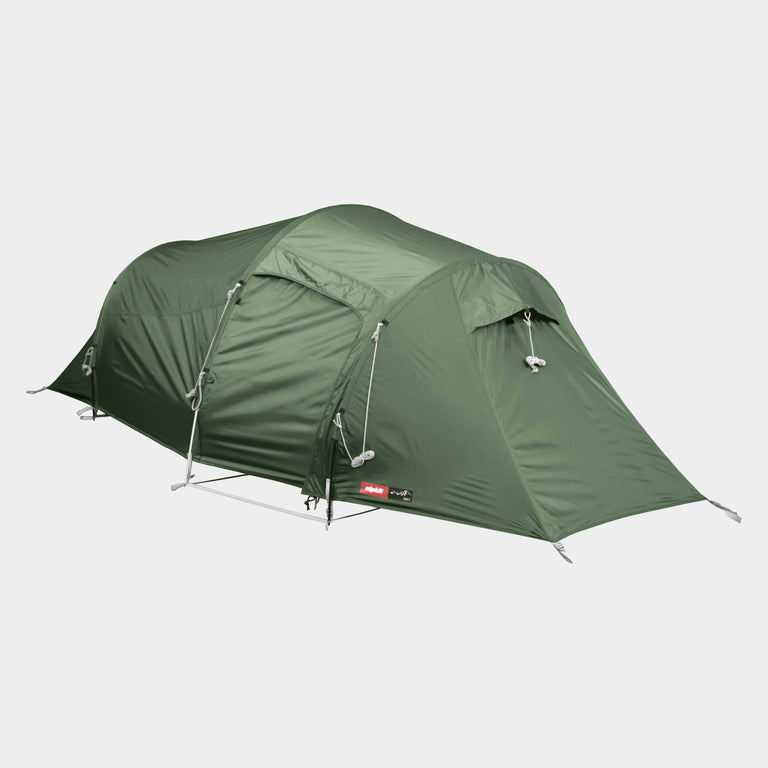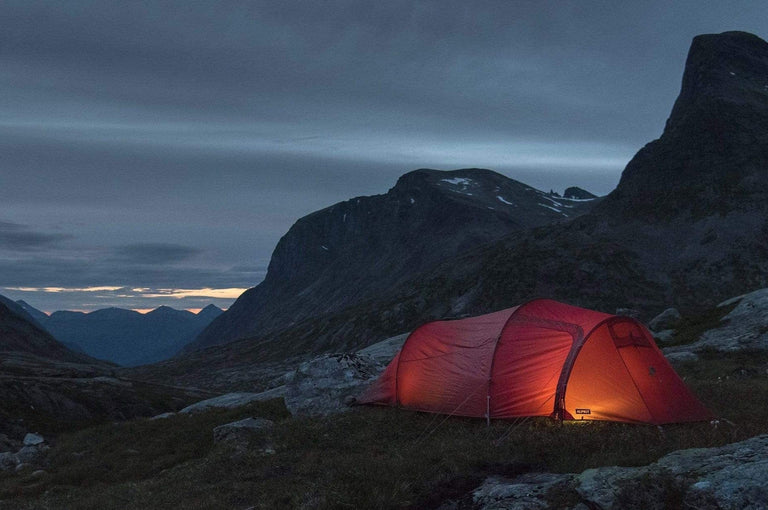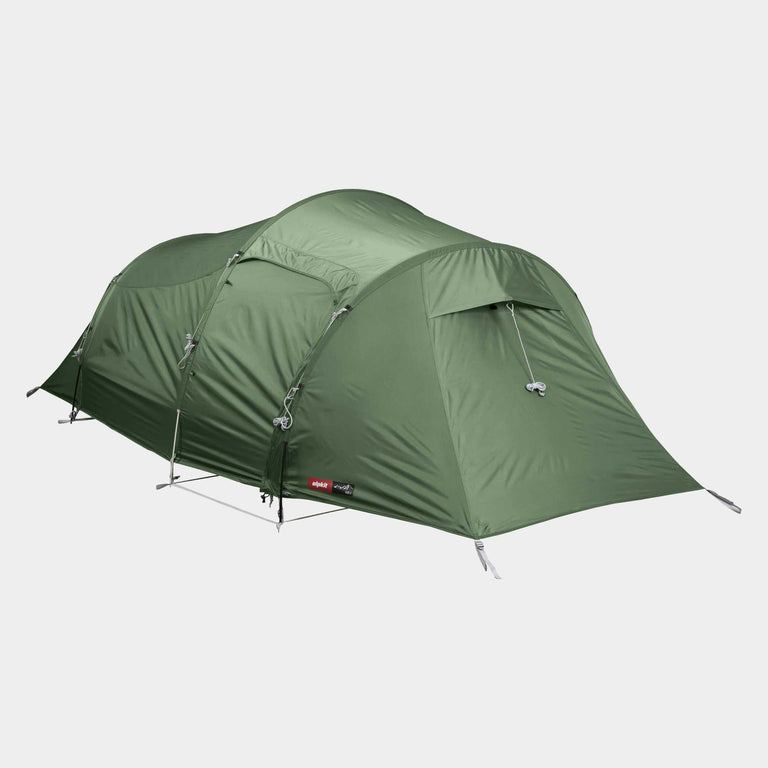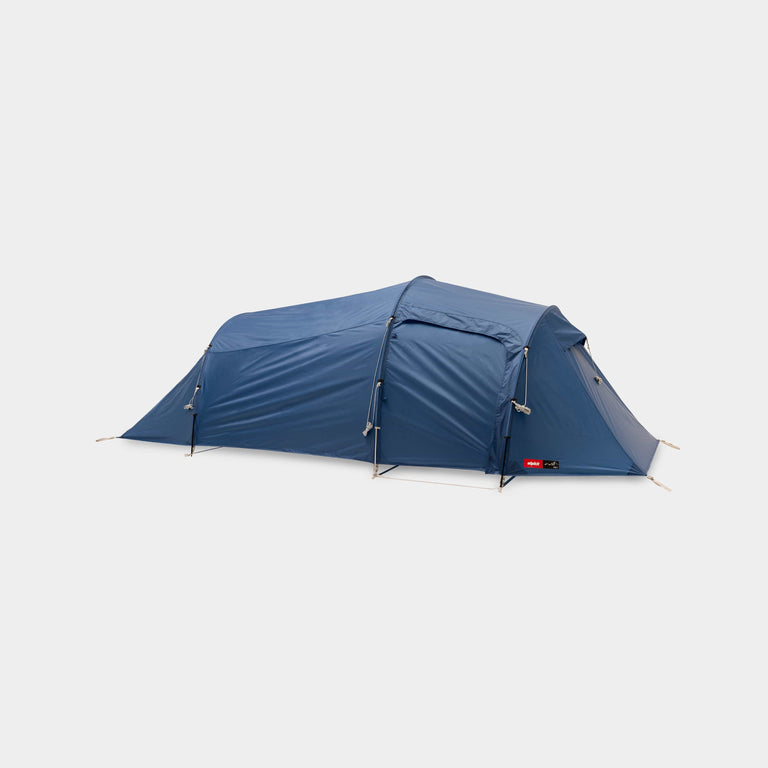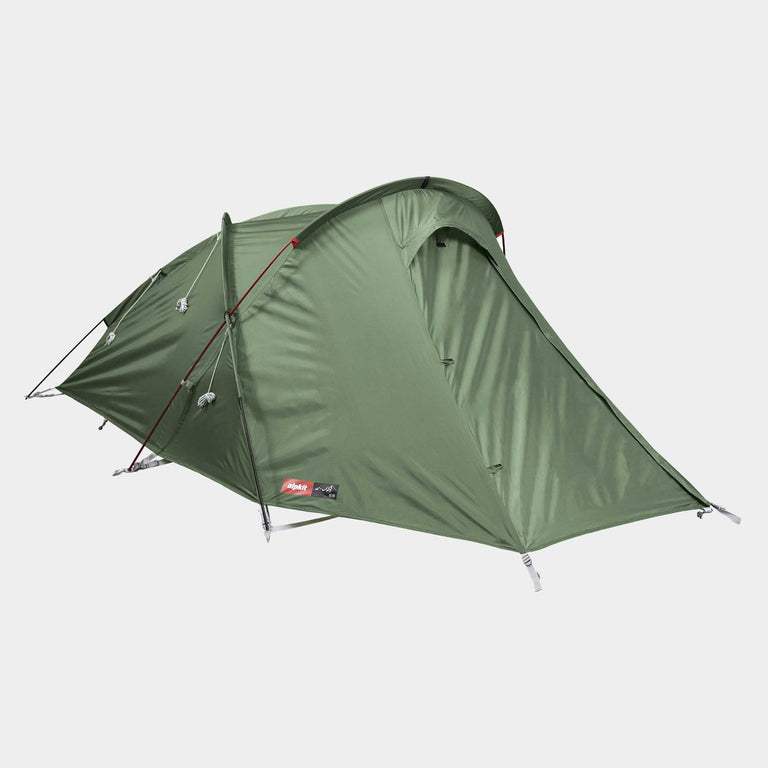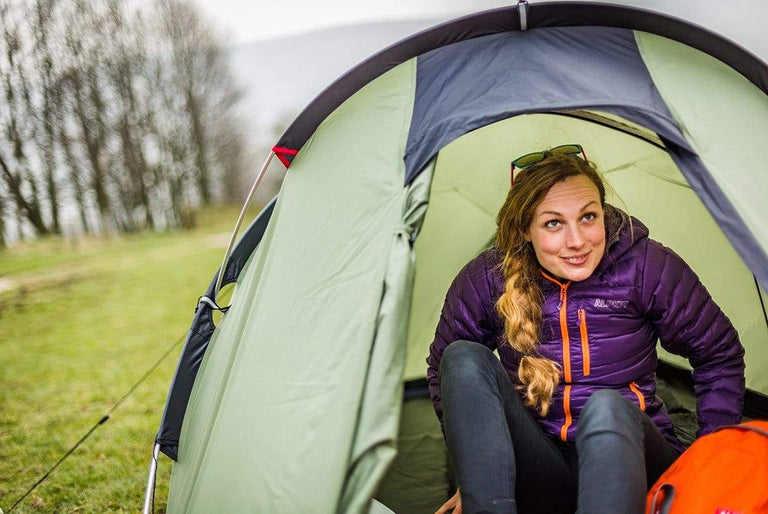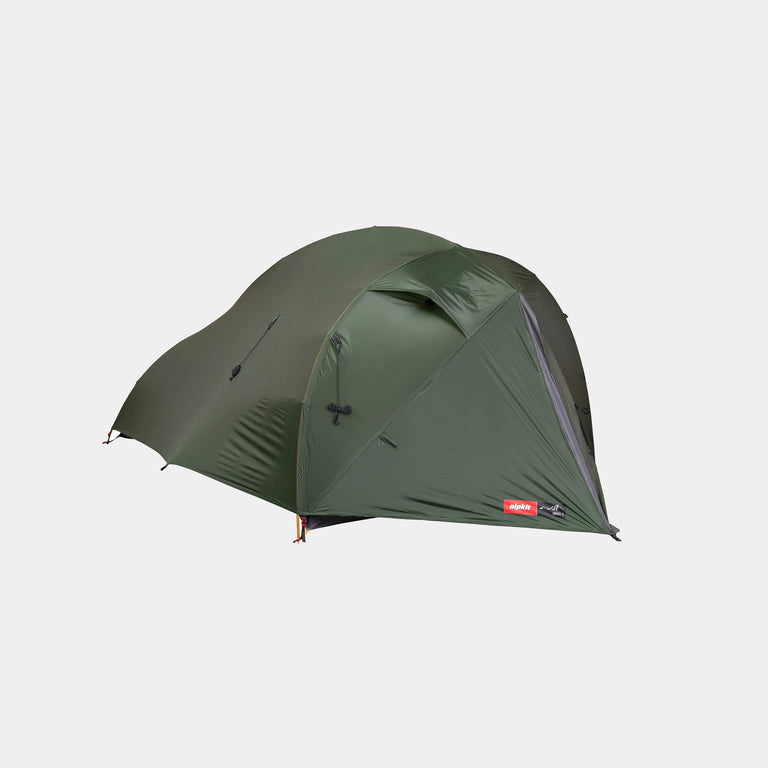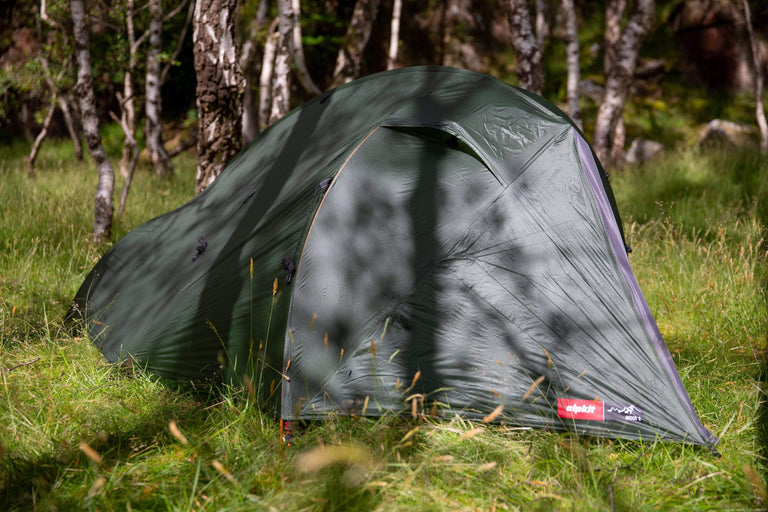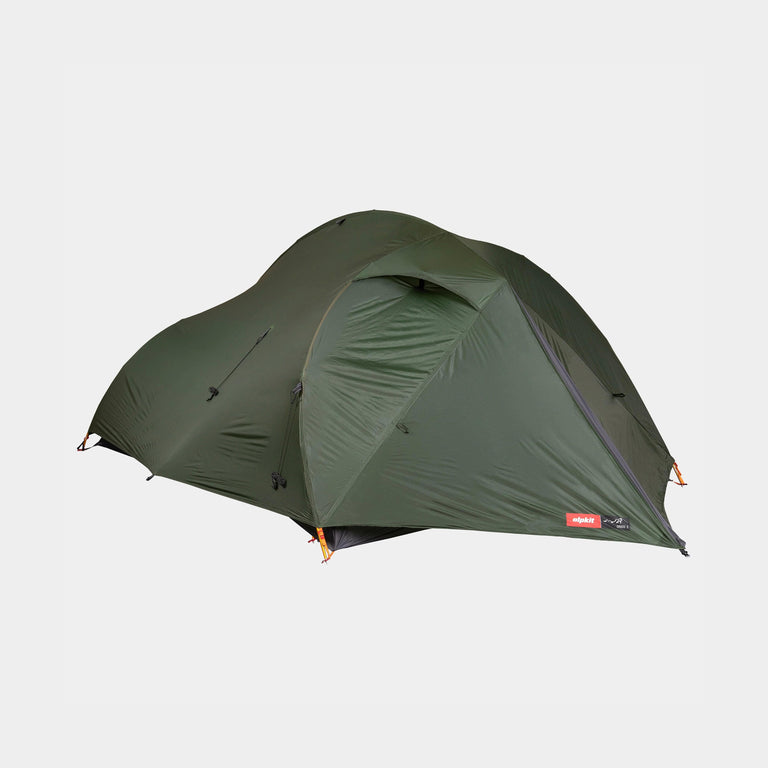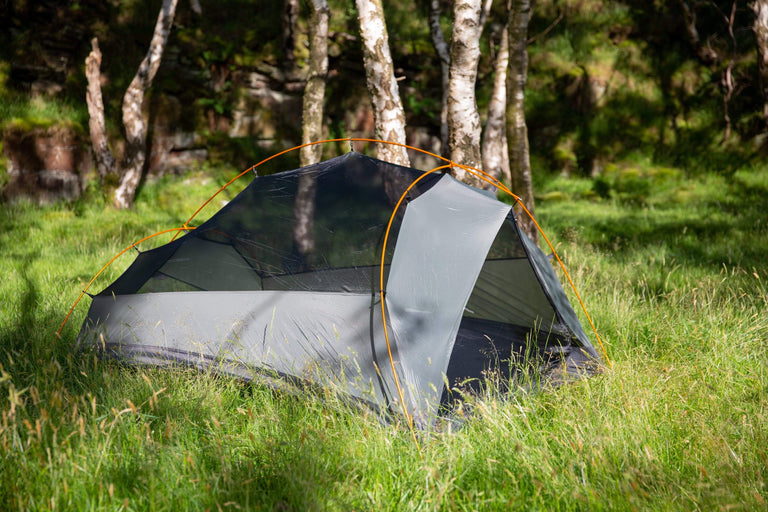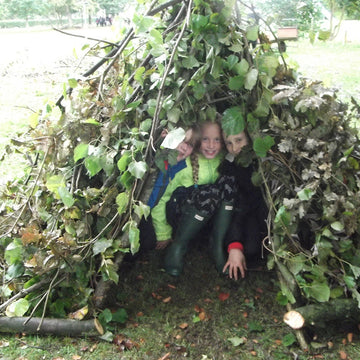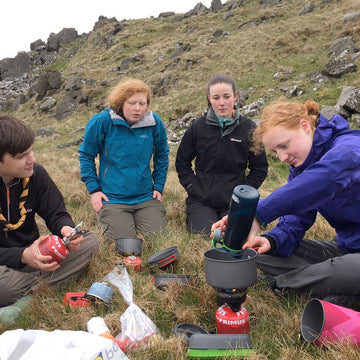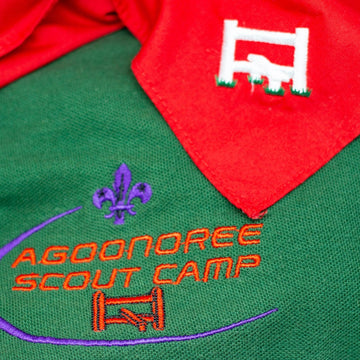
Katie Tunn, artist and marine conservationist, escaped busy Skye to explore the Shiant Isles as part of her off-grid adventures
Katie Tunn is an artist, adventurer and marine conservationist living on the Isle of Skye. Best known for her experience in Channel 4’s year-long off-grid experiment, Eden, as well as for her own castaway-style adventures. Here she describes her escape from the bustling Isle of Skye to the tiny Shiant Isles.

The idea was to go solo and to forego any human contact during the trip. I’d be off-grid with just the wildlife and landscape for company. I love my life but things just seem to get busier and busier; becoming an overwhelming blur of screens, inboxes and the demanding pinging of messages.
The Shiant Isles are famous for their wildlife, specifically for being the chosen nesting site for hundreds of thousands of seabirds each summer. Species such as puffins, razorbills and guillemots all gather along the angular columns that make up the dramatic sea cliffs that give the Shiants their distinctive shape. They’re joined by fulmars, gulls and ‘bonxies’ (great skuas) as well as the eagles and grey seals which live there all year round, alongside a flock of particularly hardy sheep.

I’d bivvy instead of taking a tent. I know what island weather is like in Spring (it can get pretty wild) so I took a tarp but I didn’t want a complete barrier between myself and my surroundings.
I took most of my food with me, a combination of Firepot meals and the usual camping staples like pasta and rice. I’d supplement everything with foraged greens such as seaweeds and nettles. I arrived on the first day of April when the islands felt peaceful and empty. The weather was cool, breezy and bright. The birds had not yet begun to gather back after their winter migration.
What happened over the next few weeks was the gradual arrival of an orchestra of feathered creatures. Each day seemed to bring with it a new species and each one came with a new call. The seabirds were the most obvious, croaking and cawing as they assembled in huge floating rafts under the cliffs. But there were also bees, butterflies and songbirds too.
A tiny wren would land on my sleeping bag and yell an alarm call at me each morning.
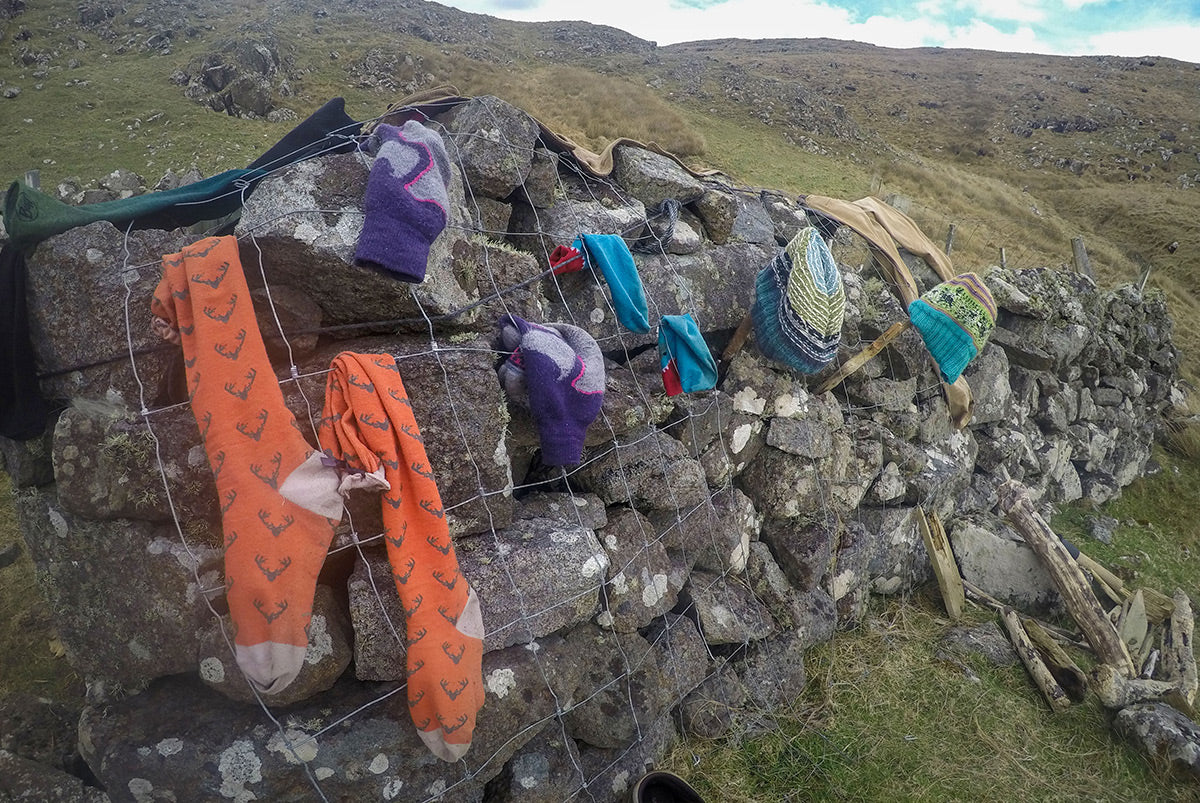
This trip was anything but peaceful. Each day was accompanied by a cacophony of bird calls. Then there were the fishy, oily smells of the seabird and seal colonies. There was the constant sound of the sea and strange, voice-like gurgles of waves reaching into hollows and caves.
Days were spent exploring every inch of the island, watching the birds, writing notes and poking around the ruins. It felt like a special honour to get to observe this diverse community of animals who carried on with their daily lives irrespective of my human presence.
Perhaps it was a little foolhardy to bivvy as towards the end of my trip a storm blew in. The rain and gales lasted for two weeks. My little hand-built shelter gave me some protection, although I’d designed it to be open at the sides and island downpours don’t follow the usual rules of gravity – they prefer to blow up, down and sideways! And yet there was still something special about being there during the bad weather. Like the puffins in their burrows just along the way, we were all hunkered down in a weird kind-of unity.

When the sun finally came out again it felt celebratory. Not just for me but also for all the animals. Were their calls really louder, slightly thankful, more joyful?
To learn more about the Shiant Isles, to pledge a donation or to plan your own trip please visit shiantisles.net.
I’ll be carrying on my island explorations later this year as I restart my #82Islands project, a journey around all 82 of Great Britain’s largest islands. You can find out more by following me via my Instagram @katietunn, my Facebook ‘Katie Tunn’ or through my website katietunn.com
